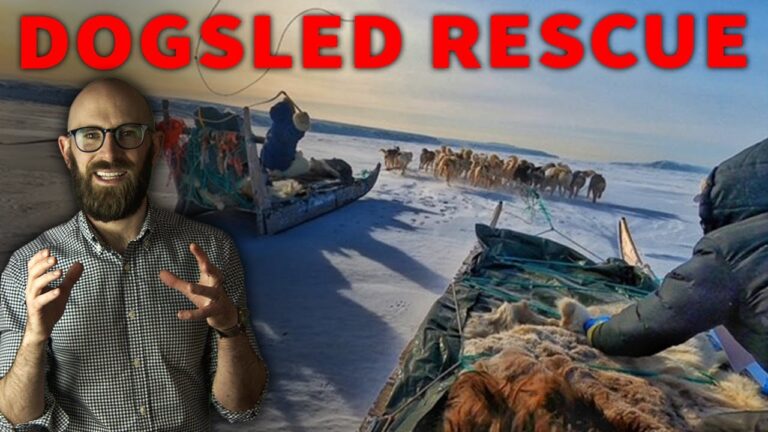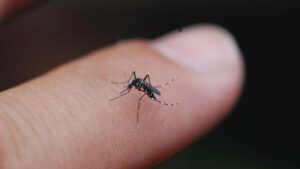“Unraveling the Mysteries: How Fire, Ice, and Plutonium Could Redefine Our Understanding of the Universe”
Shortly after the report’s publication, Danish Foreign Minister Niels Petersen reassured the Danish press that while nuclear weapons had been flown through Greenland airspace, none had ever been deployed on the island itself. However, a few days later Petersen received a letter from the U.S. government informing him that this was not the case, and that nuclear weapons had, in fact, been stationed at Thule. Faced with a major political scandal, the Danish government took the unusual step of admitting guilt and allowing access to hundreds of previously-classified documents in the Danish National Archives. These documents confirmed that nuclear weapons had indeed been deployed at Thule on two separate occasions: the first in 1958 when two airborne alert weapons and 15 non-nuclear weapon components were stored on the base for eight months; and the second between 1959 and 1965 when 48 nuclear-armed AIM-4 Falcon air-to-air missiles were deployed for defence against Soviet strategic bombers. This revelation that the Danish government had knowingly pursued two contradictory national policies regarding nuclear weapons eroded the Danish people’s trust in their democratic institutions, triggering a political scandal known as – naturally – “Thulegate.”
At the same time, however, the DUPI report concluded that, just as American and Danish experts had long maintained, no large, intact bomb components had survived the crash and sunk to the bottom of North Star Bay, famously declaring that:
“There is no bomb, there was no bomb and the Americans were not looking for a bomb. No nuclear weapons have been left on the bottom of the sea in Thule, nor was any secondary left.”
Rather, the Star III submersible deployed in August 1968 was only searching for the “spark plug” – a cylindrical rod of uranium at the centre of the bomb’s secondary capsule which helps initiate the fusion reaction.
But what of the greatest potential legacy of the Thule Crash: its environmental impact? Samples taken over the intervening six decades have revealed measurably increased levels of plutonium as far as 20 kilometres from the impact site, while the bodies of marine animals such as mussels, fish, birds, and seals have exhibited plutonium concentrations as high as 3000x normal levels. However, according to current models, even these elevated levels likely pose little threat to the environment – and to learn more about the horrifying way we discovered how much plutonium is too much, please check out our previous video That Time US Scientists Injected Plutonium Into People Without Their Knowledge.
But the human cost of the Thule Crash may be far greater – though more difficult to measure. While official records claim that every measure was taken to limit exposure to toxic and radioactive contaminants, many personnel who participated in the cleanup remember differently, with Jeffrey Carswell recalling:
“I was never given any protective equipment; I just went out in whatever you normally wore at work. You had this special team with the airmen in full protective equipment climbing on top of these 50,000 gallon drums and containers and I was down there, on a daily basis, (with) no protective equipment.”
Like many of the workers, Carswell later developed various mysterious illnesses:
“I was referred to a specialist and they discovered I had a particular condition that needed to be operated [on] straight away…My doctor said that my particular condition was caused by exposure to radiation and plutonium.As we found out when we started talking to colleagues, a lot of those of us who were there at the time had problems of various types, all sorts of shocking problems that is, for sure, linked to what happened at Thule.”
Indeed, in 1986 Danish prime Minister Poul Schlüter commissioned the Danish Institute for Clinical Epidemiology to conduct a health impact study of Danish decontamination workers at Thule. The Institute’s final report, released one year later, concluded that cancer rates among these workers was 40% higher than those who had visited Thule before and after the crash, and 50% higher than the general Danish population. While the Institute could not definitively link these cancers to radiation exposure at Thule, these findings prompted 200 former cleanup workers to sue the United States government for damages in 1987. While the lawsuit was ultimately unsuccessful, it did lead the government to declassify thousands of documents, triggering a chain of revelations that would eventually lead to Thulegate. It also prompted the various branches of the United States Military to carry out regular health monitoring of personnel who come into contact with radioactive material.
In 1995, another study found that of 1,500 former Thule cleanup workers sampled, 410 had died of cancer. In response, the Danish government paid 1,700 workers compensation of 50,000 kroner – around $7,000 American – each. However, all subsequent attempts to obtain compensation from the Danish government have failed, with a 2011 report by the Danish Board of Health concluding that:


















